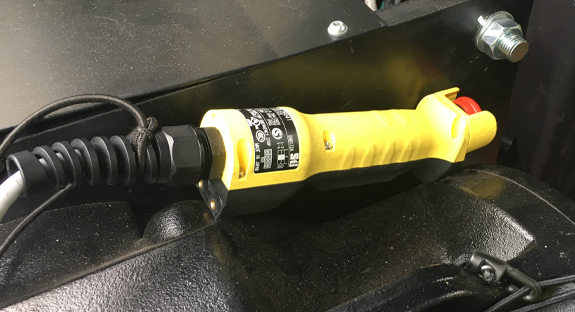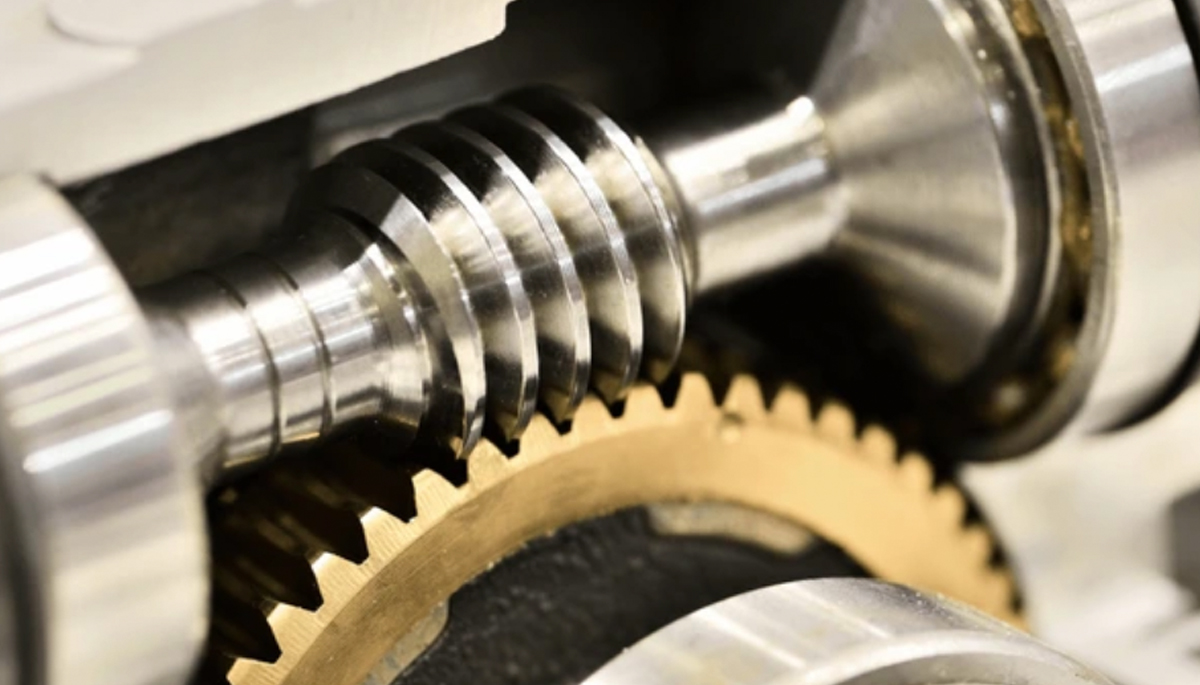When designing and manufacturing stage machinery or a control system, there is always a certain number of documents one needs to produce in order to follow the process of compliance in a consistent manner. Manufacturers produce the drawings for mechanical and structural elements, compile the BoM, collect technical specifications of any relevant component, draft schematics and diagrams, perform calculation notes, and produce enough engineering documentation to make sure the process of putting a product into service is properly carried out.
However, as soon as the stage machinery or control system is placed onto the market, all sorts of additional information—like papers, certificates and documents—are required by the local authorities and the H&S inspectors.
What documentation is necessary? What isn’t? What documents are required by law? What are just recommended? Why are some documents requested in some countries and not in others?
Let’s clarify the situation.
Technical File
Both the Machinery Directive and Low Voltage directive require a manufacturer to establish1 the technical documentation in order to make it possible to assess the conformity of the equipment to the relevant requirements of the directives.
For machinery, such technical documentation—called a technical file—must include a general description of the machinery, the overall drawings of the machinery, and drawings of the control circuits as well as descriptions and explanations, fully detailed drawings with calculation notes, test results and certificates, the risk assessment, a technical report related to the tests carried out, and a declaration of conformity of the relevant elements incorporated into the machinery.
For control systems the documentation must contain at least; a general description of the electrical equipment, conceptual design and manufacturing drawings, schemes of components, sub-assemblies, circuits, descriptions, and explanations necessary for the understanding of those drawings and schemes, and the operation of the electrical equipment, results of designing calculations made, examinations carried out, and test reports.
It is interesting to notice that the technical file does not have to be permanently available in material form, however, it must be able to be assembled and made available to the competent authorities of the member states for at least 10 years following the date of manufacture of the machinery or the control system.
What does it mean permanently available in material form?
The items constituent of the technical file—the individual documents or information—can be stored on paper or in electronic form in one or several places. There is no need to duplicate documents that are common to different types of machinery2.
The information must be organised, classified and stored, so that the manufacturer can communicate—without delay—the relevant elements of the technical file.
The market surveillance authorities of any of the Member States may request the technical file from the person designated in the EC Declaration of Conformity.
Is a technical file a mandatory requirement based on the Directives’ provisions? Is it a public document?
Do manufacturers have to disclose the technical file—or part of it—to clients, users or H&S authorities?
The technical file is not a public document and manufacturers do not have to share it.
Public Documentation
There are three main items that represent what experts call public documentation3:
a) The ID label (or ID Plate)
b) The Declaration (Declaration of Conformity, Integration or Compliance4)
c) The Instructions (User Manuals, safety guidelines, assembly instructions, etc.)
The ID labels or ID plates are durable labels attached to the product, bearing a legible CE marking—in the case of machinery and electrical equipment—containing some relevant information, at minimum the following: the manufacturer’s business name and dull address, the designation of the equipment, the designation of series or type, the serial number, and the manufacturing date.
In a previous article, we talked about the differences between a Declaration of Conformity and a Declaration of Incorporation, you can read more about it here (Is This Machinery Completed or Not? – July 2019).
In the previously stated article, we never went into detail about the required instructions, where the legislator is very clear about the requirements, needs and availability of such:
– The manufacturer of a machinery or a control system must draft the original instructions and they must accompany the machinery.
– This entails that the instructions must be drawn up before the machinery is placed on the market and/or put into service.
– The instructions must accompany the machinery until it reaches the user.
It is generally agreed that all health and safety related instructions must be supplied in paper form, since it cannot be assumed that the user has access to the means of reading instructions supplied in electronic form or made available on an Internet site.
However, it is often useful for the instructions to be made available in electronic form and on the Internet as well as in paper form. This enables the user to download the electronic file if he so wishes and to recover the instructions if the paper copy has been lost. This practice also facilitates the updating of the instructions when this is necessary.
These three items listed above, must be present in machinery or in a control system as soon as they are placed onto the market or put into service, and such documents are considered of public use.
Assessments and Engineering Reports
Due to the nature of our industry, complex stage machinery installations are often subjected to third party validations or certifications.
H&S engineers or local authorities in charge of approvals in theatres, venues, outdoor areas and exhibition halls, often require having access to part of the technical file in order to assess and validate the machinery installation as whole.
In such circumstances, the manufacturer of a machinery or control system is asked to disclose relevant parts of the engineering documentation, for example: calculation notes, schematics, electrical and functional safety assessments, and risk assessments.
In theory, these documents should be already available somewhere in the manufacturer’s works. In reality, very often these documents are not available in material form.
The duly reasoned request may not come from the market surveillance authorities. If the documentation requested is not provided in a short period of time, the machinery installation may not be suitable to be validated or approved. This fact does not mean that the machine is unsafe, though, its safety cannot be demonstrated.
When machinery or a control system cannot be proven safe, it stands in a limbo called “unknown safety” and often it may not be allowed to be put into service.
This is why—especially in the live event industry and concert touring—it is recommended to have available in material form the key assessments related to machineries and control system.
It needs to be noted that such documents are not public documentation, and they could be made available (on demand) only to H&S inspectors and local authorities, possibly under a confidentiality agreement.
Test and Inspection
The last piece of documentation that is required to be presented—this time it is required from the owners of machinery and control systems rather than the manufacturers—are the Test and Inspection reports.
During normal operation, stage machineries are subjected to wear and tear. Therefore, users have a duty to ensure the machinery and control system are safe to be operated.
Every employer must ensure that before the equipment is put into service—especially lifting equipment—it is examined, tested, and inspected. If any defects are found, corrective measures must be implemented to bring back the machinery into a safe operational state.
This topic is generally regulated by national guidelines and requirements, and often enforced in forms of national laws.
Each machinery put into service needs to be inspected according to manufacture specifications (frequent, periodic and annual inspections), and examined at intervals stated in national regulations or guidelines.
Copies of such inspection and examination reports are often asked for by the local authorities and H&S inspectors as proof the machinery is safe to operate.
Conclusion
From the initial design phase to its normal use, the life of machinery or a control system implies that a certain type of documentation is drafted, organised, classified, and made available.
There is some information that is strictly confidential and others that should be in the public domain. However, if we understand why a document needs to be drafted—what there is behind of each assessment, drawing or calculation—then we will realise that the documents are not just paper. They are the material form of what supports our atypical and creative stage machinery solutions.
It takes time, resources, and a little bit of discipline to produce and organise machinery or a control system technical file. Quite often, time and resources are a commodity that manufacturers and users don’t have available in the quantity desired.
References
1. 2014/25/EU Low Voltage Directive, Module A, point 2
2. 2019 edition – Guide to application of Machinery Directive – point 393
3. We intend public documentation all that information that need to be an integral part of the equipment or that must accompany the machinery or control system when it is put into service or it is intended to be placed into the market.
4. The EC Declaration of Conformity is applicable both to machinery and control systems, the EC Declaration of Incorporation is applicable only to Partly Completed Machinery, the Declaration of Compliance is applicable, for example, to machineries subjected to other directives or to machineries designed for uses outside the scope of Machinery Directive.





